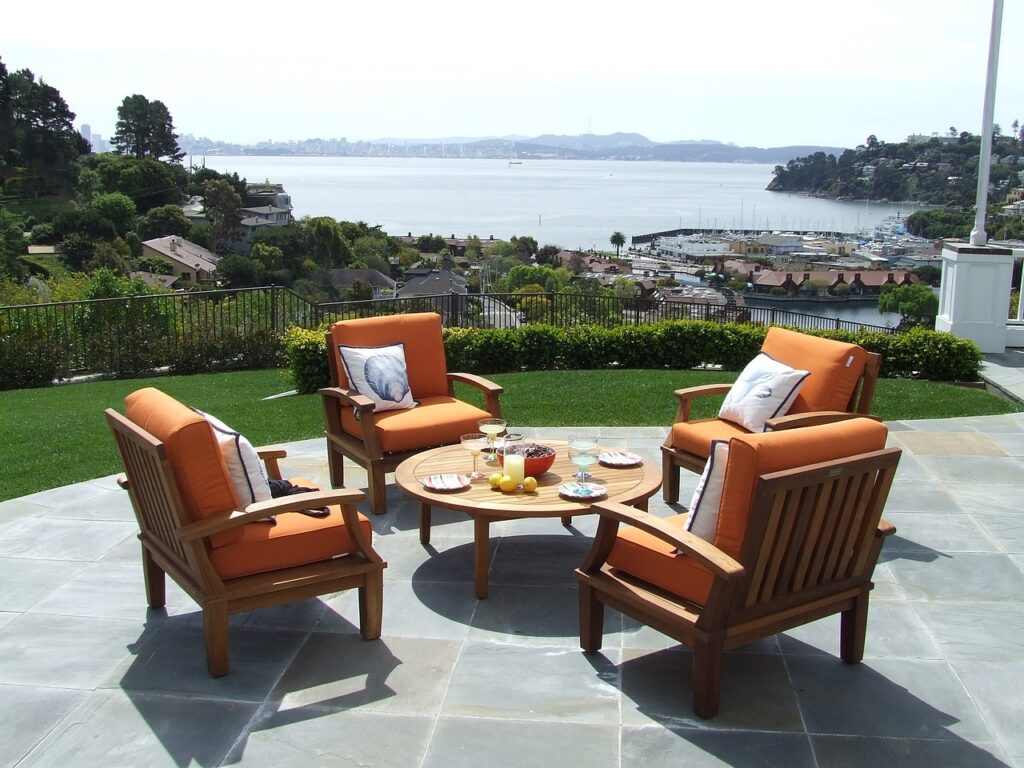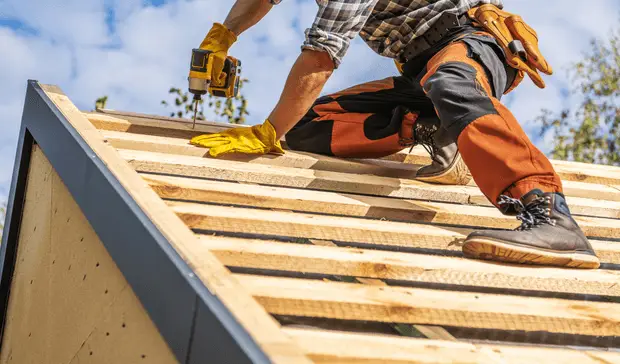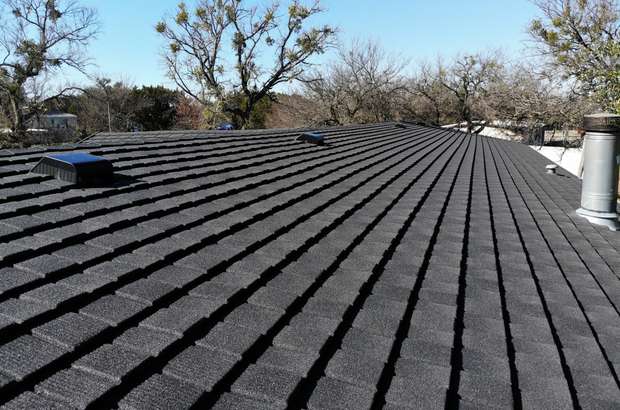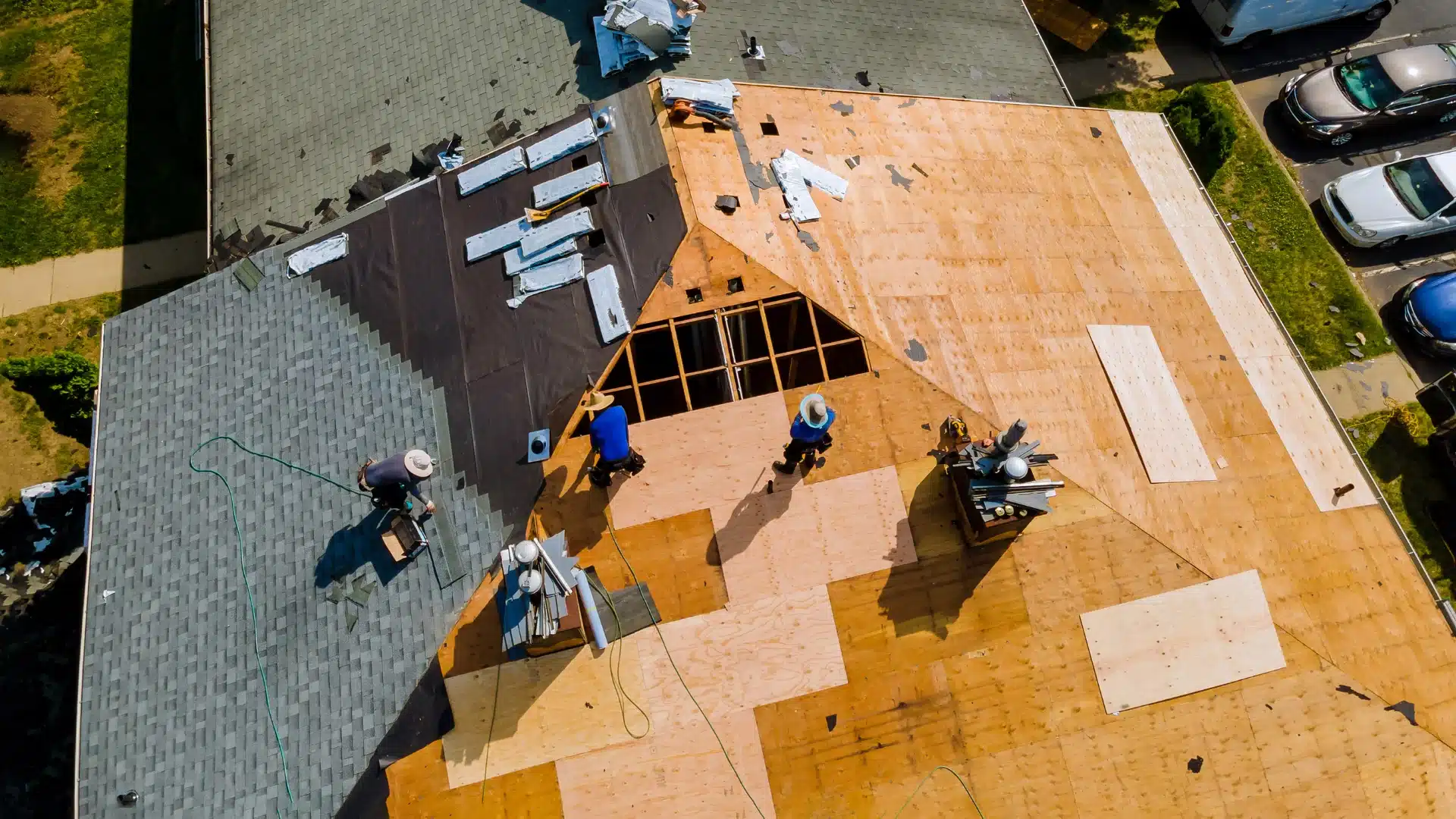
As the weather warms up and we start spending more time outdoors, many homeowners turn their attention to their patios and outdoor living spaces. After all, the patio is often the heart of the backyard – a place to entertain guests, grill up delicious meals, and simply relax and soak up the sun.
But before you can start decorating and styling your dream patio, you first have to choose the right materials for the foundation. The patio surface is not only a key aesthetic element, but it also needs to be durable, low-maintenance, and suitable for your climate and lifestyle.
There are several popular patio material options to consider, each with their own unique pros and cons. Let’s take a closer look at some of the best choices for your home:
1. Concrete Pavers
One of the most popular patio materials is concrete pavers. These interlocking, pre-cast concrete slabs offer a ton of versatility in terms of colors, shapes, and patterns. Concrete pavers are a durable, long-lasting choice that can withstand heavy foot traffic and even the occasional vehicle.
Pros:
- Extremely durable and long-lasting, with a lifespan of 20-30 years or more
- Huge variety of styles, colors, and patterns to choose from
- Relatively easy to install, especially for DIYers
- Resistant to cracking, fading, and weathering
- Can be customized with unique designs and borders
- Generally more affordable than natural stone options
Cons:
- Can be prone to settling or shifting over time if not properly installed on a sturdy base
- Porous surface may stain more easily than sealed materials
- Abrasive texture can be uncomfortable for bare feet
- Installation can be labor-intensive, especially for larger patio spaces
- Maintenance typically involves regular cleaning and re-sealing every few years
2. Natural Stone
For a more premium, high-end look, natural stone is a stunning patio material choice. Options like flagstone, travertine, bluestone, and granite offer natural variations in color, veining, and texture that create a truly unique aesthetic.
Pros:
- Exceptional durability and longevity, lasting 30-50 years or more
- Natural, earthy look and feel that blends beautifully with landscaping
- Slip-resistant surface that’s comfortable for bare feet
- Excellent heat absorption properties for cooler surfaces
- Easy to maintain, only requiring occasional sealing
Cons:
- Generally more expensive upfront cost than concrete pavers
- Installation is more complex and typically requires professional expertise
- Prone to cracking or chipping if not properly installed on a sturdy base
- Porous nature makes some stones like limestone susceptible to staining
- Heavier material can make DIY installation challenging
3. Brick
Another classic patio material option is brick. Traditional red clay bricks offer a warm, timeless look that complements a wide range of home styles, from traditional to modern farmhouse. Brick patios can be laid in a variety of patterns for added visual interest.
Pros:
- Extremely durable and long-lasting, with a lifespan of 50+ years
- Low maintenance, only requiring occasional cleaning and re-pointing
- Slip-resistant surface that’s comfortable for bare feet
- Ability to incorporate unique patterns and designs
- Can be more budget-friendly than natural stone
Cons:
- Prone to cracking and shifting if not installed properly on a sturdy base
- Limited color options compared to concrete pavers or natural stone
- Prone to staining and discoloration over time, especially from oils
- Installation can be labor-intensive and complex for DIYers
- Weeds and moss may grow in the mortar joints if not well-maintained
4. Decomposed Granite
For a more natural, earthy look, decomposed granite is an excellent patio material choice. This finely crushed granite creates a permeable, loose-fill surface that’s both attractive and functional.
Pros:
- Inexpensive and budget-friendly option
- Porous surface allows for excellent drainage
- Seamlessly blends with natural landscaping elements
- Requires minimal maintenance beyond occasional raking or re-topping
- Softer, more comfortable underfoot than solid pavers or stones
Cons:
- Loose, unstable surface can be challenging for accessibility and mobility
- Susceptible to displacement and erosion from heavy foot traffic or rain
- Requires a sturdy base and proper installation to avoid becoming muddy
- Weeds and grass can potentially grow through the permeable surface
- May need to be re-topped every few years to maintain an even look
5. Wood Decking
While not technically a patio material, wood decking is another popular option for creating an elevated outdoor living space. Pressure-treated wood, cedar, and composite decking all offer unique benefits.
Pros:
- Warm, inviting aesthetic that blends well with natural landscapes
- Ability to create multi-level and custom-shaped designs
- Generally more comfortable underfoot than hard patio surfaces
- Composite options offer enhanced durability and lower maintenance
- Can be extended to create seamless transitions from indoor to outdoor spaces
Cons:
- Wood decking has a finite lifespan of 10-25 years depending on material
- Requires regular cleaning, sealing, and maintenance to prevent weathering
- More vulnerable to moisture damage, rotting, and pest infestations
- Can be slippery when wet, posing a safety risk
- Generally more expensive upfront cost than patio pavers or stones
Ultimately, the “best” patio material for your home will depend on a variety of factors, including your budget, climate, personal style preferences, and intended use of the space. It’s always a good idea to carefully weigh the pros and cons of each option before making your decision.
And remember, no matter which patio material you choose, proper installation and ongoing maintenance will be key to ensuring it looks beautiful and functions well for years to come. With the right patio foundation, you’ll be well on your way to creating an inviting, practical outdoor living space that you can enjoy all season long.






